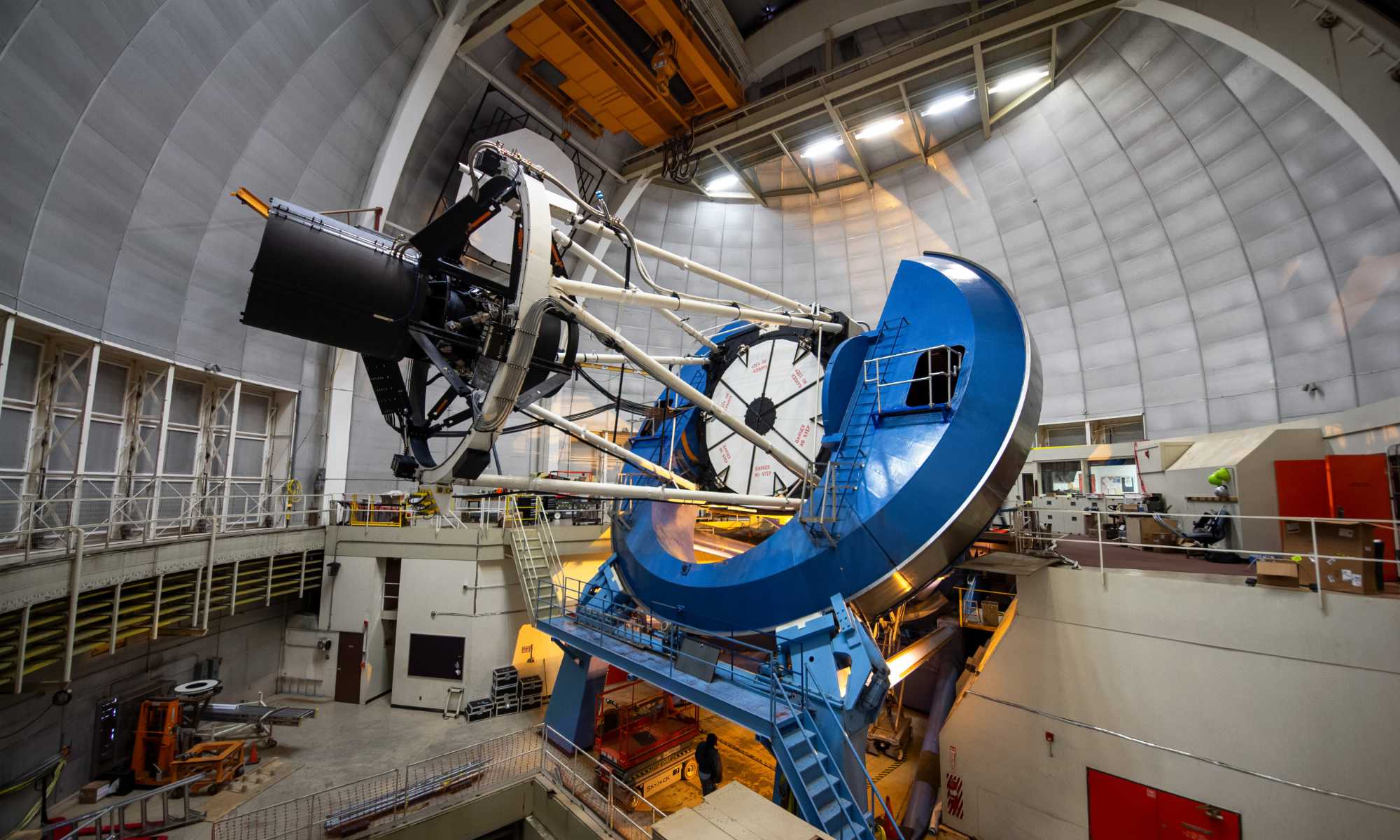
DESI first-year data delivers unprecedented measurements of expanding universe
Scientists have analyzed the first batch of data from the Dark Energy Spectroscopic Instrument’s quest to map the universe and unravel the mysteries of dark energy.

DESI’s quest to map the expanding universe begins
Rochester researchers are key members of an international collaboration to create a 3D map of the universe, which will help unravel the mysteries of dark energy.
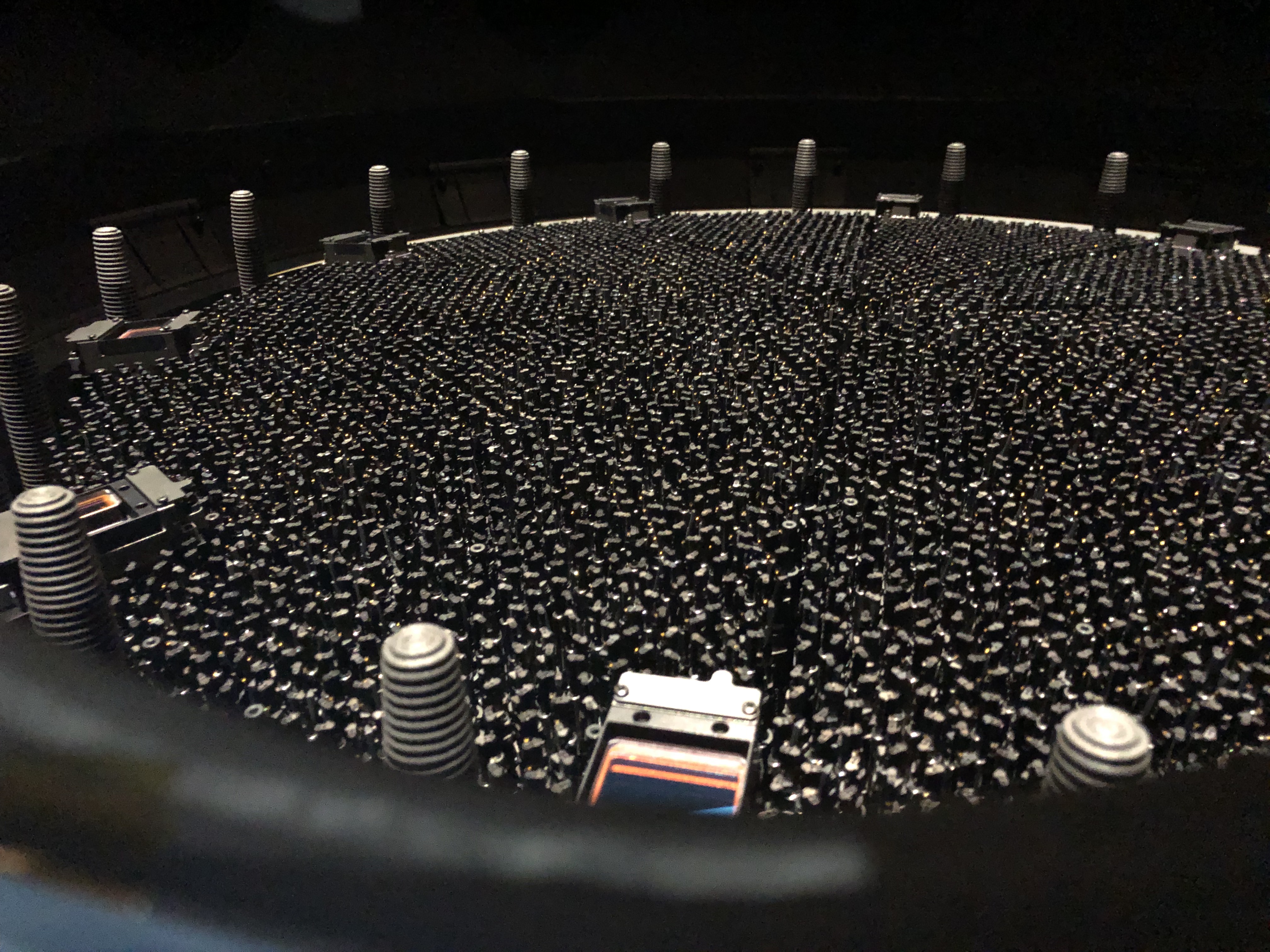
Instrument to detect dark energy is poised for debut
Members of a University of Rochester cosmology group who are a key part of a multi-institutional effort to create the most detailed 3-D map ever made of the universe are looking forward to the launch of the instrument later this year in Arizona.
The team—Regina Demina, professor of physics; Satya Gontcho A Gontcho, postdoctoral research associate; Segev BenZvi, assistant professor of physics; and Kelly Douglass, visiting assistant professor of physics and astronomy—are working on the Dark Energy Spectroscopic Instrument (DESI) project, an initiative to provide a more comprehensive look at dark energy and how it’s influencing the expansion of the universe. The instrument—including the 5,000 robotic positioners of the telescope’s focal plane (above)—will capture data from 35 million galaxies, potentially providing insight about the life cycle of galaxies and about the cosmic web that connects matter in the universe.
The Lawrence Berkeley National Laboratory, the lead institution on the project, announced on June 1 that DESI was complete and was moving toward its startup.
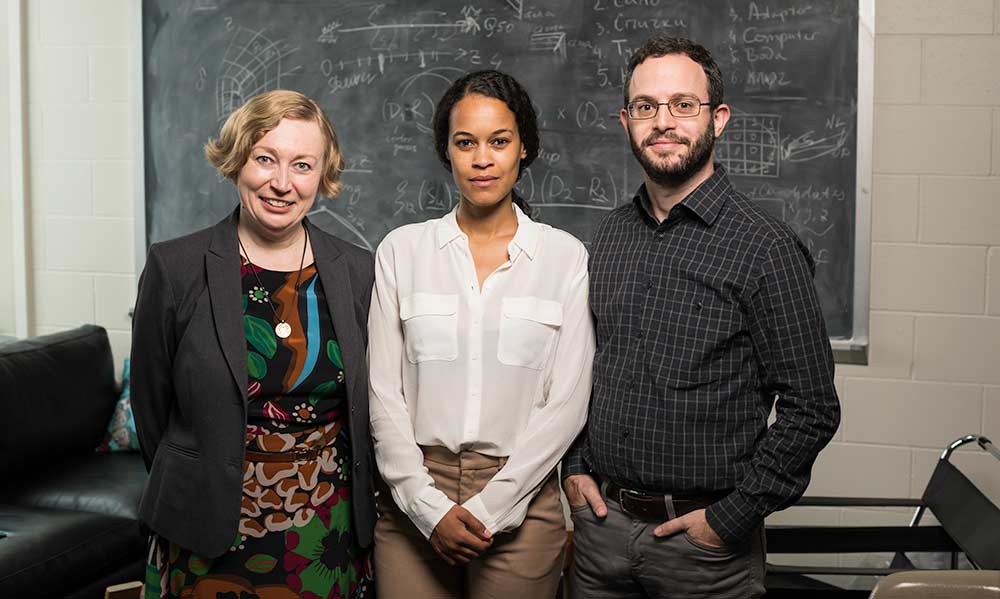
Rochester cosmology group has all eyes on dark energy
Rochester’s newly formed cosmology group is at work to create the most detailed 3-D map of the universe ever seen.
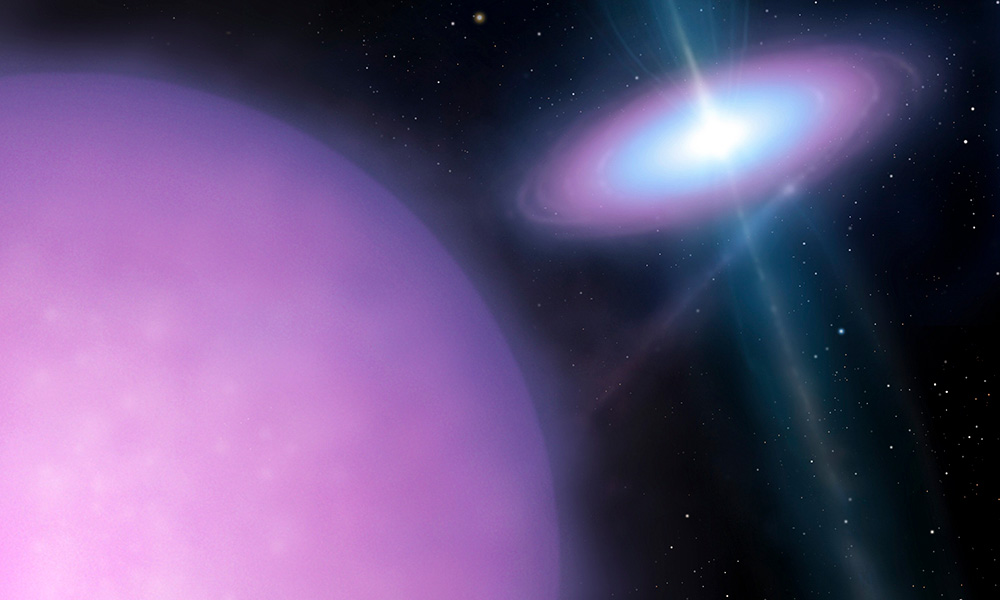
Researchers detect high-energy radiation from ‘weird’ star system
Rochester researchers are part of an international collaboration of scientists that has, for the first time, detected extremely high-energy gamma rays from one of the most powerful star systems in the Milky Way.
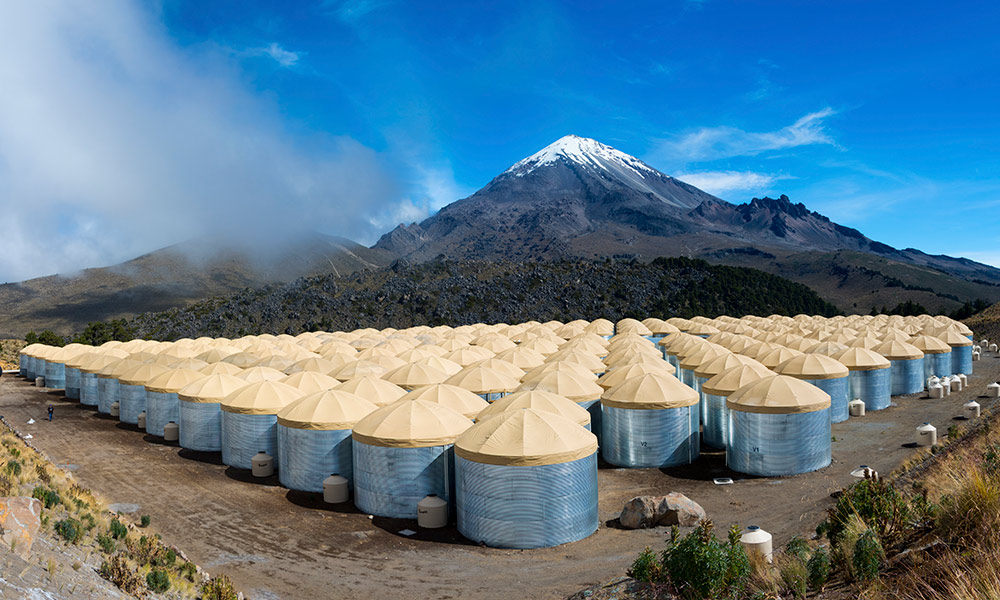
In the mystery of positrons, dark matter is leading suspect
Scientists at the HAWC Gamma Ray Observatory have ruled out two pulsars as the source of an unexpectedly large presence of positrons in our corner of the galaxy. Could they come from something more complex and exotic: dark matter?

Catching some gamma rays in central Mexico
Physicist Segev BenZvi and scientists at an ambitious observatory are using simple but groundbreaking tools understand the workings of cosmic and gamma rays in the Earth’s atmosphere while also contributing to the search for dark matter.
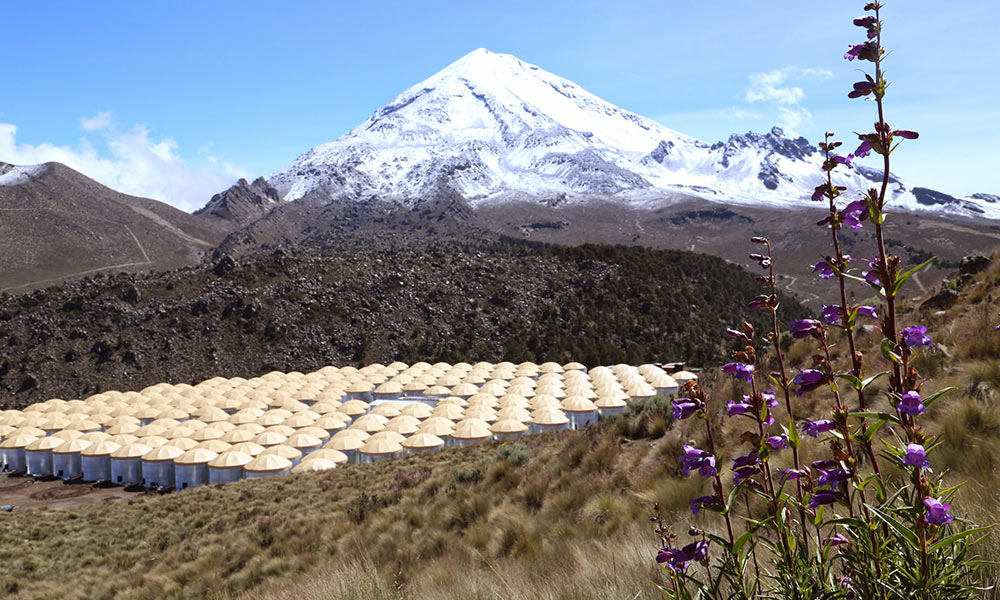
Rochester researchers on team behind new gamma ray observatory
Some of the most energetic phenomena in the universe produce high-energy gamma rays, and a new observatory in Mexico aims to expand the catalog of known gamma ray sources.
